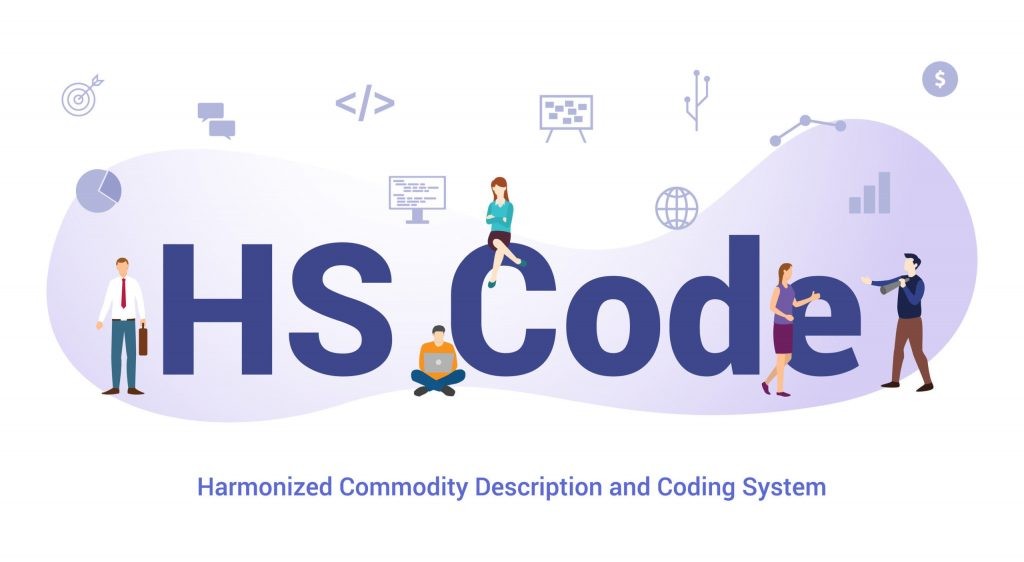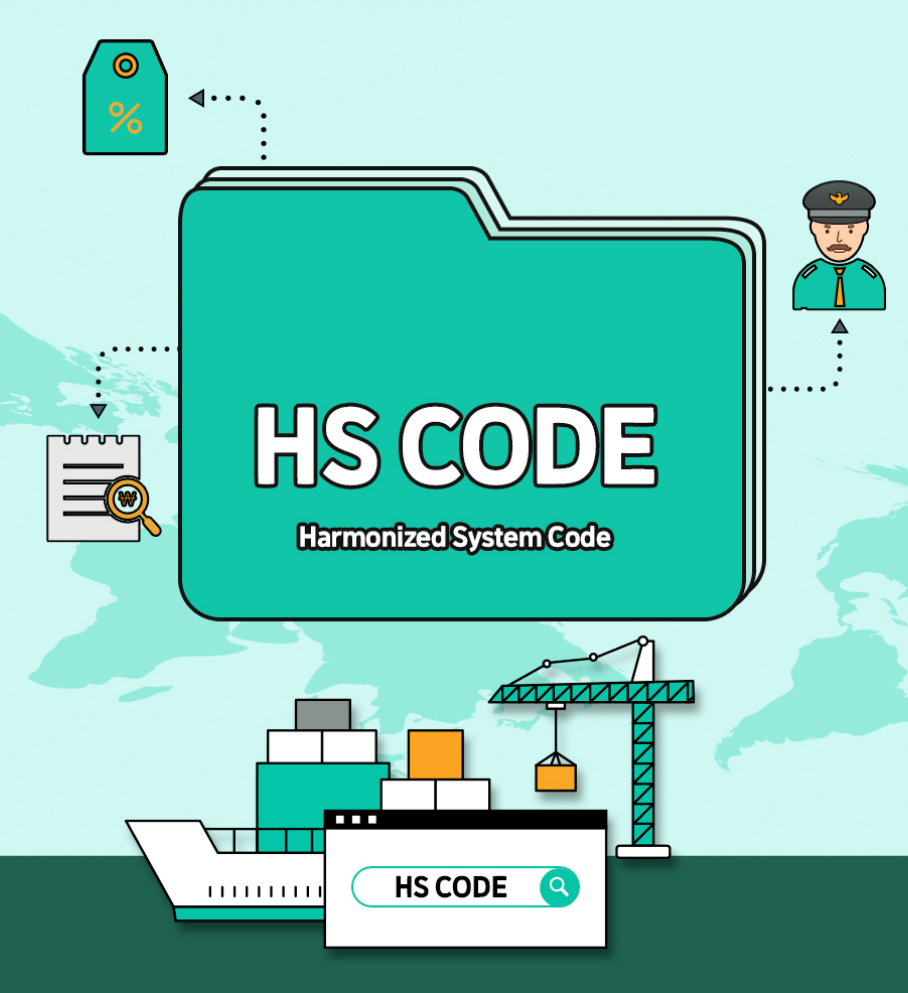- 021-91034194
- Info@pishco.ir
- Tehran, Sa'adat Abad
Home » What are Harmonized System HS Codes (HS CODE)?
What is an HS code? The logistics industry operates like a precise and coordinated clock, where every business, supplier, shipping company, regulation and process plays its part in keeping the global supply chain flowing, satisfying customers and growing businesses.
One of these vital processes is the tariff classification of goods, organized by the Harmonized System (HS). This system classifies trillions of dollars worth of goods traded internationally each year under a single standard nomenclature.
Among industrial classification systems, HS codes are widely and globally used in the process of exporting and importing goods.
The Harmonized System (HS) is a standard numerical method for classifying trade products that is used by more than 200 countries and economies around the world to identify goods, determine customs tariffs, and collect trade statistics.
The name of the system says it all: Given the huge volume of goods moving around the world, it is essential that this flow be unified, that the classification of goods is clear, and that the distinction between different groups of goods is clearly defined. This helps customs authorities to easily identify each product and apply the correct tariff rate, thereby reducing costs and facilitating international trade.
The HS system was created in the 1980s by the World Customs Organization (WCO) and is usually revised every five years to reflect the development of new technologies, changing trade patterns and trends, and the entry of new goods into the global market.

In practice, the HS code is a six-digit number assigned to one of the more than 5,000 product groups in the HS.
To ensure uniform classification of products, the HS system has six basic principles, known as the “General Rules for the Interpretation of HS.” These principles help users correctly classify the billions of goods produced and traded around the world.
You may have heard terms like the United States Harmonized Tariff Schedule (HTS), the European Union Integrated Tariff (TARIC), and other commodity nomenclatures alongside the Harmonized System (HS).
While the six-digit HS code is a global and basic standard for tariff and statistical nomenclature at the national and regional levels, regional and national nomenclatures often have more detailed levels beyond the six-digit HS level and may have subheadings with eight, ten or more digits.
Recommended article: What is a Global Trade Item Identifier or GTIN code?
In general, the HS nomenclature is updated every five years, at the end of each revision period. During each period, some HS codes are deleted, some new codes are created, and some existing codes and regulations are amended.
This review mechanism is essential to maintain the efficiency and up-to-dateness of the HS system so that it can keep pace with the changing needs of traders and the transformations of international trade.
The latest version of the HS went into effect on January 1, 2022, and included 351 new amendments.
Some important changes in the new version of HS:

Commodity codes are dynamic and constantly changing. For this reason, it is important to periodically review commodity codes to ensure you are using the correct codes.
With customs authorities increasingly focusing on accurate classification of goods, HS codes have become a mandatory part of shipping instructions for all international shipments at Maersk.
If you need help with complex customs processes, Maersk Customs Services can help you clear your imports and exports, leveraging our global local expertise. Our experts are ready to guide you through the process.
Suggested article: What is green fuel and how is it produced?
The widespread acceptance and versatility of HS codes as a global economic language and commodity coding system has made them an essential tool in international trade. HS codes are incorporated into many customs clearance systems around the world and play a critical role in trade processes.
Using the correct HS code and interpreting it correctly is of utmost importance.
Using the wrong code may be considered by customs authorities as non-compliance, providing misleading information, or making a false declaration, any of which can result in fines and penalties.
Challenges of using HS codes
The unification of HS codes allows for the tracking and analysis of trade statistics.
This system is used not only by governments, but also by private sector companies and international organizations.
The uses of HS codes in trade statistics include the following:
HS codes are widely used in electronic messages such as the United Nations Electronic Data Interchange for Administrative, Commercial and Transport (UN/EDIFACT) rules.
Advantages of this system:
Depending on the type of product and your business, you may need to use other standard codes when trading.
For example, GS1 standards include the Global Trade Item Number (GTIN), which can be encoded in barcodes and used to easily identify goods in global trade.
Suppose a company is shipping car rearview mirrors that have an HS code of 7009.10. How is this code interpreted?
Therefore, the final HS code 7009.10 accurately represents “rear-view mirrors of glass”.
Related websites
quick access

Petro Imen Sharif Engineering Company was founded in 2010 by a group of engineers and specialists graduated from top universities in Iran, who believe in the motto “Desire creates” and with a focus on advancing scientific movements in the field of environmental protection.
No. 5, Kaj square, Ali Akbar alley, Saadat Abad, Tehran
Plate 1- West 38 Alley- South Allameh St. -Sadat Abad - Tehran
Saturday to Wednesday 8:15 AM to 4:30 PM Thursdays: 8:15 AM to 1 PM
لطفا فرم زیر را به دقت پر کنید تا مشاورین ما در اسرع وقت با شما تماس حاصل فرمایند.
Please fill out the form below carefully so that our consultants will contact you as soon as possible.